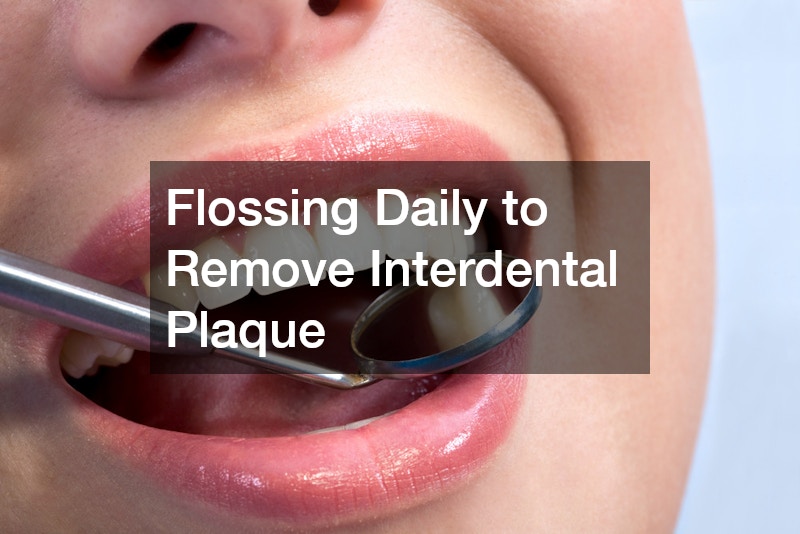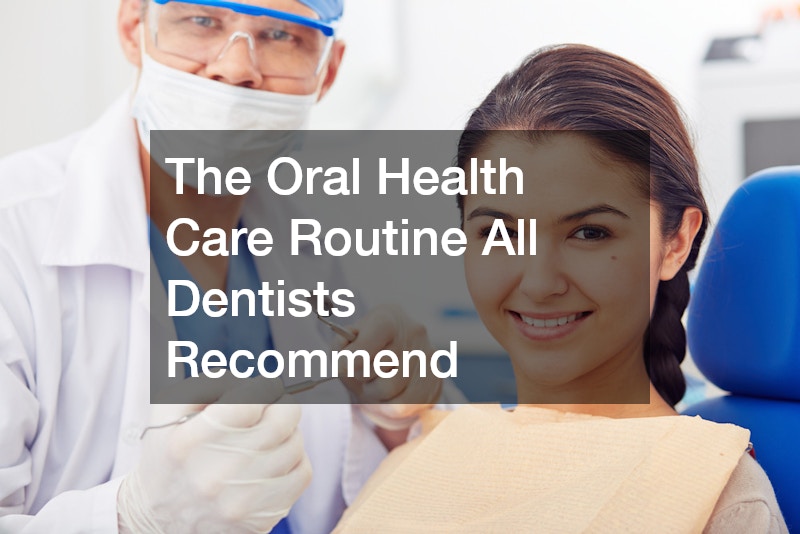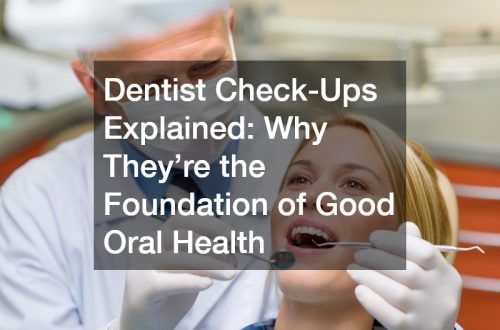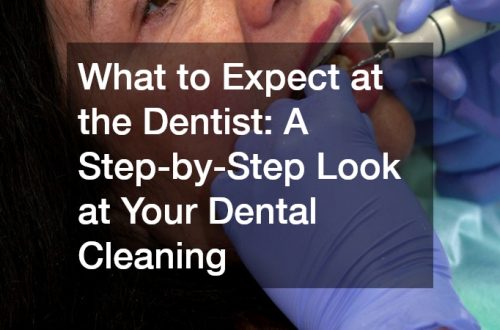Brushing your teeth twice a day is a cornerstone of oral health, a fact emphasized by dentists worldwide. Proper brushing involves using a fluoride toothpaste to cleanse the teeth of food particles and plaque. Dentists recommend using a soft-bristled toothbrush, held at a 45-degree angle to your gums, to effectively reach every area.
The motion should be gentle yet thorough, ensuring you brush for at least two minutes each time. In addition to cleaning the surface of your teeth, it’s important to brush your tongue gently to remove bacteria and freshen breath.
Many people underestimate the importance of brushing technique, which is why dentists often stress its significance during check-ups. They advise making small, circular motions to avoid damaging gums or enamel. Replacing your toothbrush every three months, or sooner if the bristles are frayed, is also critical. Additionally, brushing should include attention to the back teeth, which are often neglected yet prone to decay. Consistent brushing as advised can significantly reduce the risk of cavities and gingivitis, common concerns addressed by dentists.
Flossing Daily to Remove Interdental Plaque

Dentists emphasize flossing as an essential practice to maintain gum health and prevent periodontal disease. While brushing addresses the surfaces of teeth, flossing targets the areas between teeth, where plaque easily accumulates. The process involves using a piece of dental floss to gently rub against the sides of each tooth in a back-and-forth motion. It’s important to curve the floss in a C-shape around the tooth to reach beneath the gumline. Establishing a nightly flossing routine ensures that interdental plaque and food particles are effectively removed before they can contribute to decay.
Despite its importance, many people admit to skipping flossing, prompting frequent reminders from dentists during consultations. Flossing can be challenging, especially in tightly spaced teeth, but using waxed dental floss, dental tapes, or floss picks can make the task easier. For individuals with braces or dental work, using a floss threader can provide better access to those harder-to-reach areas. As gums adjust to regular flossing, any initial bleeding typically subsides, illustrating improved gum health over time. Dentists often highlight the connection between gum health and overall wellness, reinforcing flossing as a preventative measure.
Rinsing with an Antiseptic Mouthwash
Rinsing with an antiseptic mouthwash forms another pillar of the oral care regimen recommended by dentists. These mouthwashes are formulated to kill bacteria, reduce plaque, and freshen breath, enhancing the effects of brushing and flossing. Dentists advocate choosing an alcohol-free formula, especially for those with sensitive mouths or who experience dry mouth. Effective use entails swishing the mouthwash around all areas of the mouth for about 30 seconds, then avoiding eating or rinsing afterward to let the active ingredients work. This practice not only revitalizes the mouth but also reduces the risk of cavities and gum disease.
Some individuals are hesitant to incorporate mouthwash into their routine due to concerns about taste or sensitivity. Dentists often suggest sampling different brands until finding a suitable match, which can provide a pleasant aftertaste rather than an overpowering one. Many antiseptic mouthwashes are designed with added benefits, such as whitening agents or fluoride, which can contribute to overall oral health. Including a rinse once or twice daily ensures that your mouth is continuously protected against germs that brushing and flossing might miss. This additional layer of care can be reassuring, especially when reinforced by professional dental advice.
Regular Dental Check-Ups for Preventive Care
Regular dental check-ups represent the final essential component in the oral health care routine recommended by dentists. These visits provide professional cleanings, early detection of potential issues, and tailored advice to enhance personal hygiene strategies. Dentists are able to remove hard-to-reach tartar and polish teeth, which supports a brighter and healthier smile. The American Dental Association generally recommends these appointments every six months, although specific frequency may vary based on individual needs. Routine exams can uncover problems like cavities, gum disease, or even oral cancer early, allowing for more effective treatment options.
For many patients, dental appointments are associated with anxiety or discomfort, yet skipping these visits can lead to more complicated issues over time. Open communication with dentists can help alleviate some fears, as professionals often use techniques to minimize discomfort and ensure a more pleasant experience. Maintaining transparency about habits or changes in health also empowers dentists to provide the best care possible. Besides normal check-ups, they might suggest additional preventive measures, like applying sealants, if a high risk of decay is present. Adhering to this schedule increases the chance of detecting problems before they become serious, embodying the preventative care approach advocated by dentists.
Moreover, dental visits offer an opportunity to update hygiene routines to match current best practices or advancements in oral health. During these check-ups, dentists review current methods and may introduce new tools or products aligned with individual needs. Trust between patient and dentist is vital for guidance that effectively supports lifelong oral health. Embracing this routine reflects a commitment to not only preserving a healthy mouth but also contributing to overall health, which many studies have linked to oral wellness. This comprehensive care model forms the backbone of a routine that dentists universally recommend for maintaining not just oral health, but overall well-being.






